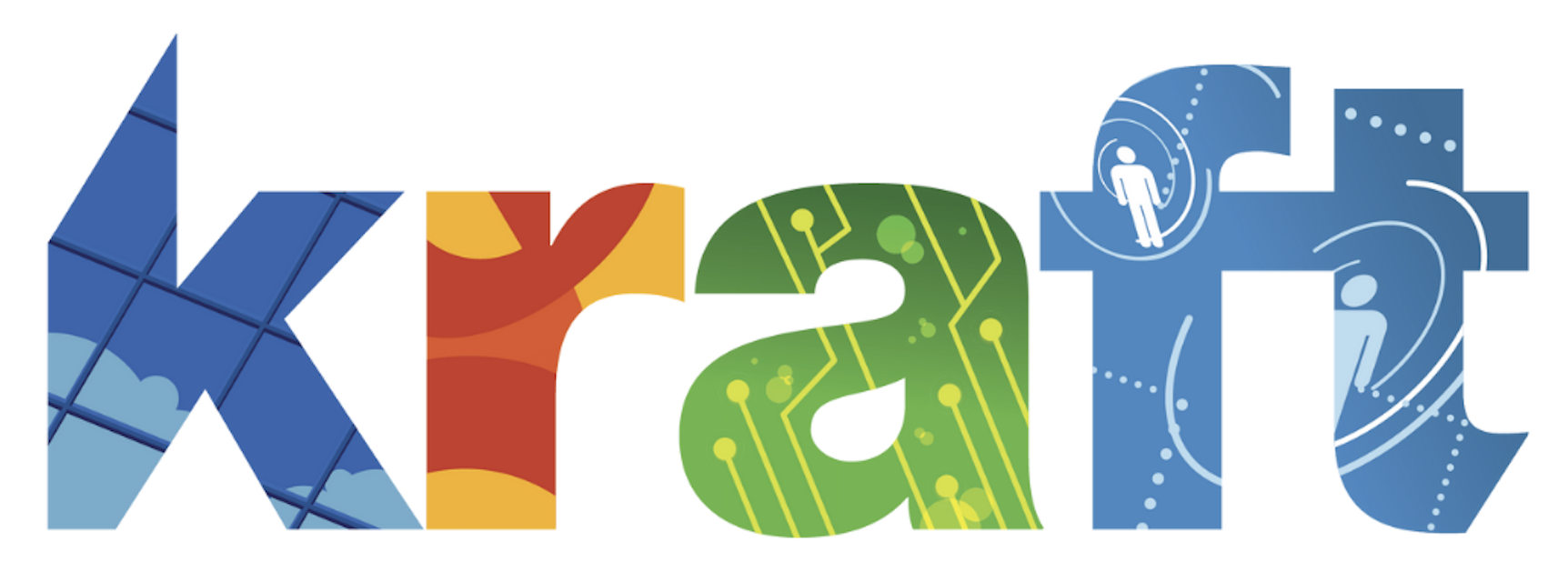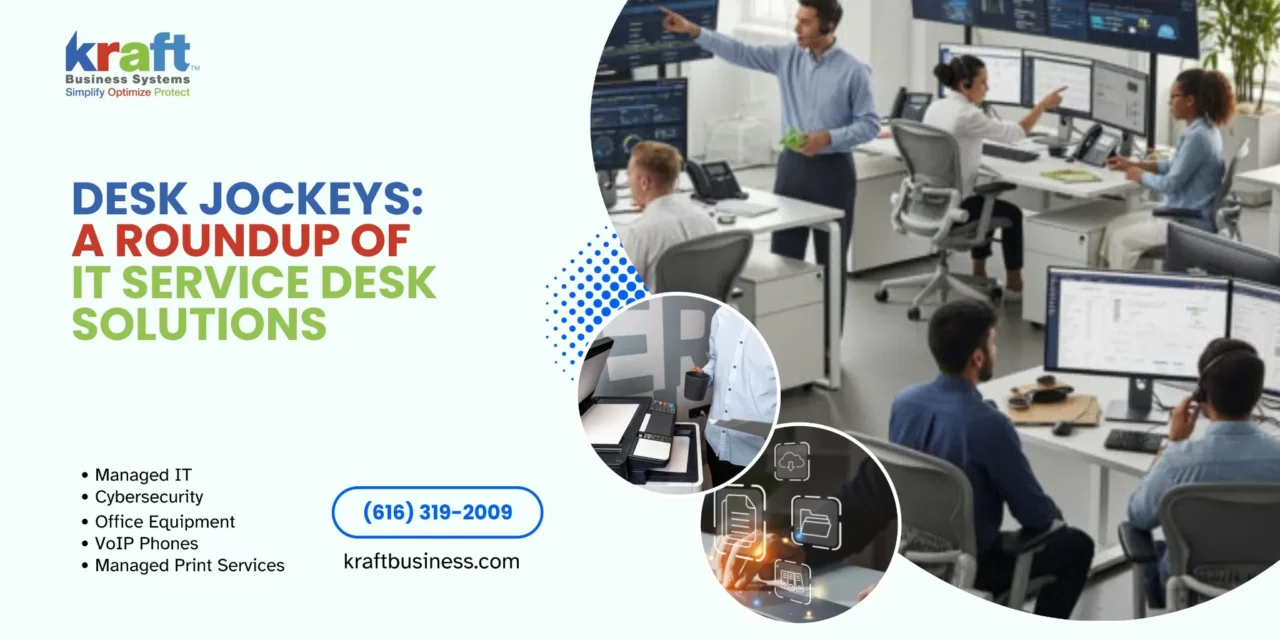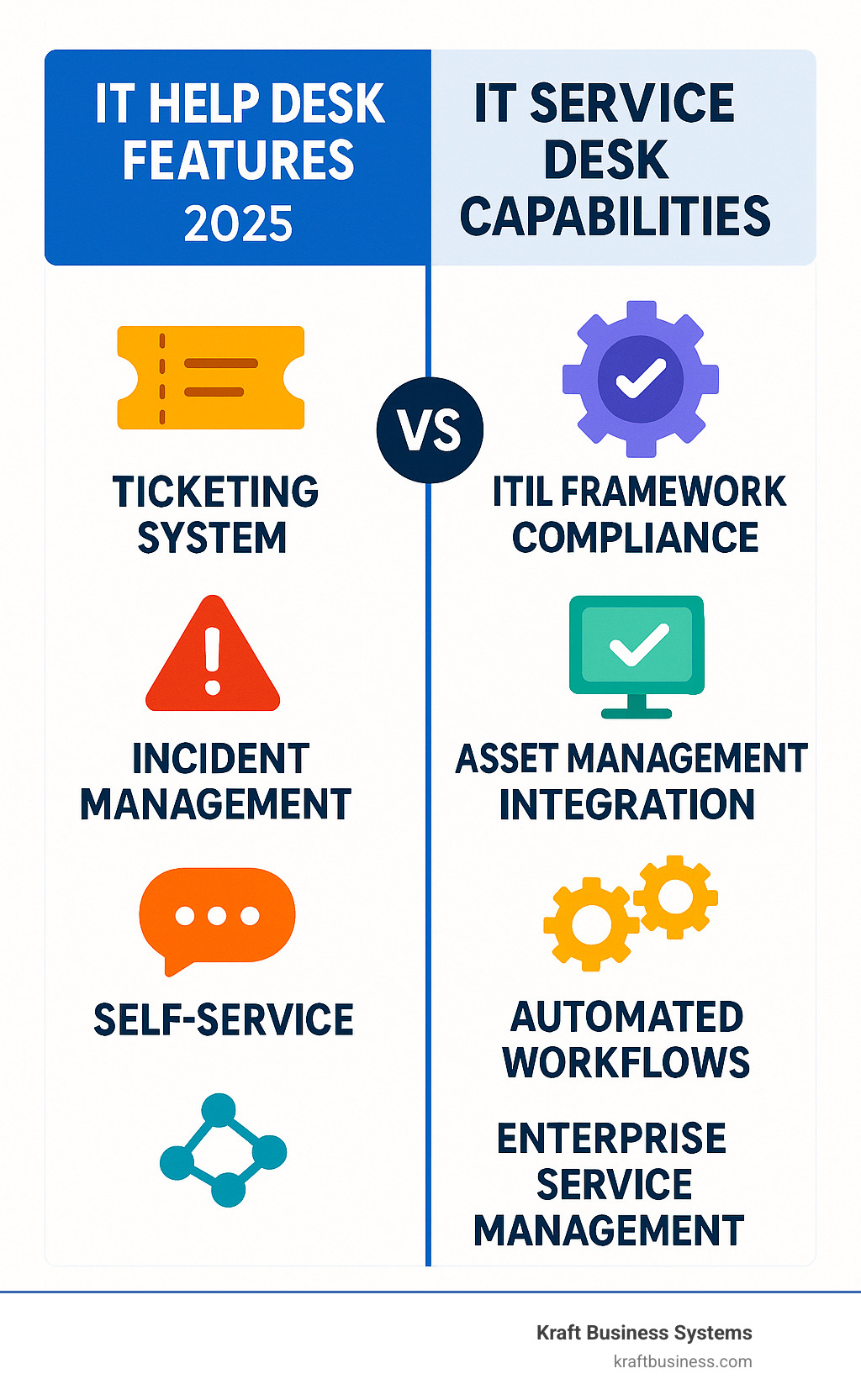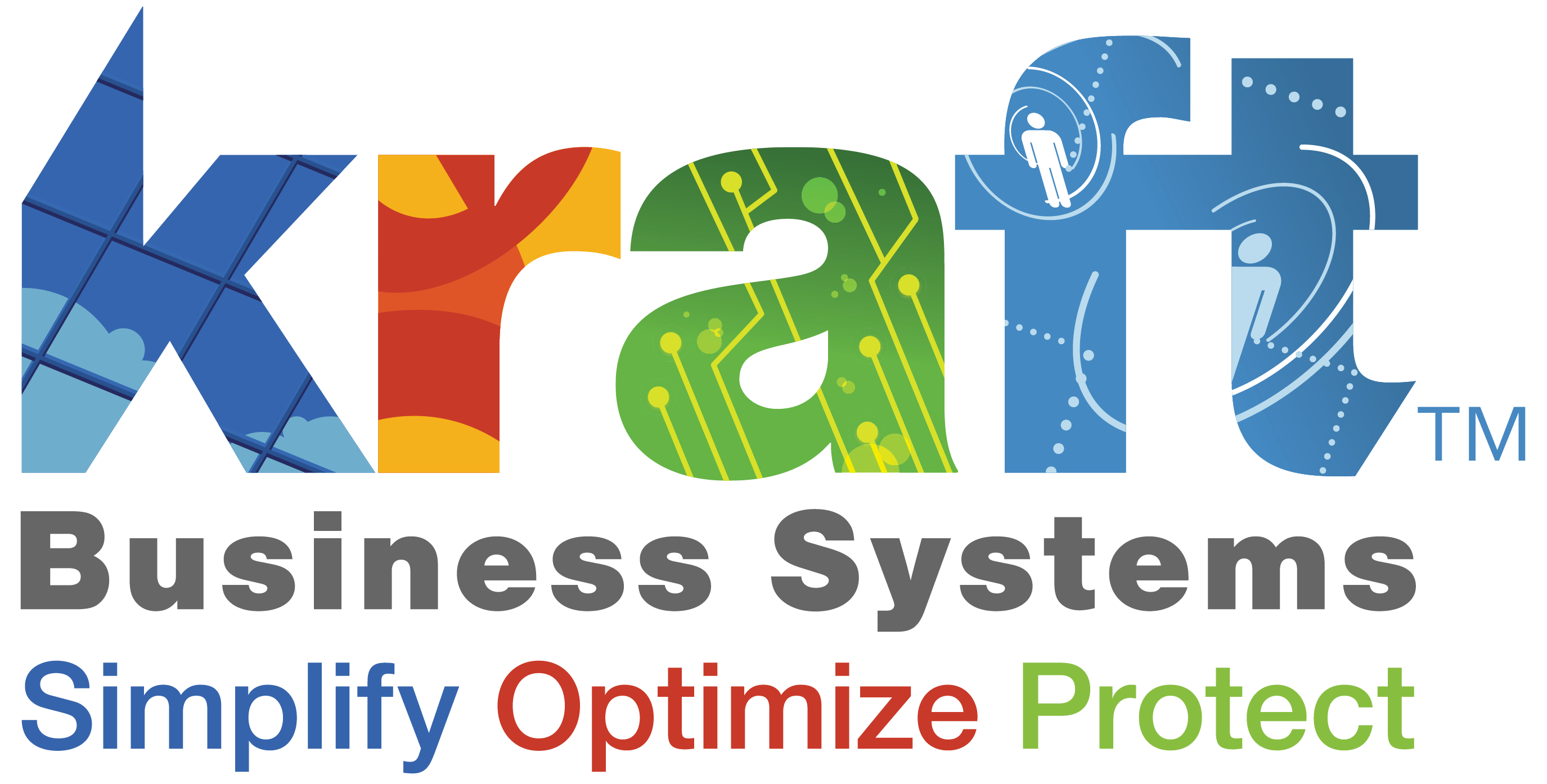IT service desk solutions are centralized platforms that help organizations manage technology issues and streamline IT operations. Unlike a traditional help desk that is purely reactive, a modern service desk takes a proactive approach to IT service management, integrating incident management, change management, and asset tracking into one unified platform.
Top IT service desk solutions typically offer:
- Ticketing System: Centralized request tracking and prioritization.
- Incident Management: A structured approach to resolving IT issues.
- Self-Service Portal: A user-friendly interface for common requests.
- Asset Management: Complete visibility into IT infrastructure.
- Automation: Streamlined workflows and reduced manual tasks.
- Analytics & Reporting: Data-driven insights for decision-making.
- Knowledge Base: A repository of solutions and documentation.
By leveraging AI and automation, organizations see 35% faster ticket resolution and handle 236% more tickets with only a 63% increase in IT staff, making teams 44% more efficient. For mid-sized businesses, these solutions eliminate the chaos of managing IT requests through email or spreadsheets, providing the structure needed to scale operations without proportionally increasing staff.
Simple IT service desk solutions glossary:
Streamline IT Support & Boost Efficiency with Service Desk Solutions
Core Capabilities: What to Expect from Top IT Service Desk Solutions
Think of IT service desk solutions as the mission control for your technology ecosystem. These comprehensive platforms bring order to IT chaos.
The core of any service desk is its ticketing system, which logs, categorizes, and prioritizes every IT request. This central hub ensures every issue is tracked from start to finish.
Beyond basic tracking, these solutions offer:
- Incident Management: Provides a structured process to identify, diagnose, and resolve unexpected IT issues quickly.
- Problem Management: Digs into the root causes of recurring incidents to prevent them from happening again.
- Change Management: Ensures that new software rollouts or server upgrades are planned, tested, and implemented without causing new problems.
- IT Asset Management: Gives you complete visibility into all your technology, from laptops and printers to software licenses.
- Self-Service Portal: Allows employees to find answers, submit requests, and reset their own passwords without contacting IT.
- Knowledge Base: A centralized, searchable repository of solutions, troubleshooting steps, and how-to guides for both users and IT staff.
- Reporting and Analytics: Turns operational data into actionable insights to monitor response times, identify trends, and make smart decisions. The best service desk software provides easy-to-understand dashboards.
How Service Desks Improve IT Operations
Implementing IT service desk solutions moves your team from constantly fighting fires to preventing them. Streamlined workflows automate ticket routing, approvals, and escalations. This measurable efficiency gain leads to a 35% decrease in resolution time. With real data about your IT environment, proactive issue resolution becomes possible, allowing you to address problems before they impact productivity. This data-driven decision-making replaces guesswork, helping you allocate resources effectively and meet Service Level Agreements (SLAs) consistently.
The Role of a Knowledge Base and Self-Service
A knowledge base and self-service portal empower users to solve common problems themselves, anytime. This is transformative, as it reduces ticket volume for routine issues like password resets or Wi-Fi connection problems, freeing up your IT team for more complex work. It provides 24/7 support access, so employees can find answers without waiting for business hours. Some systems even let users record their screen with one click to provide context for a support request, leading to faster, more effective help for everyone.
The Business Benefits of Implementing an IT Service Desk
Investing in IT service desk solutions is a strategic decision that benefits the entire organization.
The most immediate impact is improved productivity. When employees aren’t waiting for tech fixes, they’re working. This efficiency scales with your growth; our teams have become 44% more efficient, handling 236% more tickets with only a 63% increase in IT engineers.
Other key benefits include:
- Reduced Operational Costs: Increased efficiency and automation mean you can resolve more issues faster without proportionally hiring more staff. Less downtime also directly impacts the bottom line.
- Improved Employee Satisfaction: Quick and painless resolutions make your team feel supported, which boosts engagement and retention.
- Better Security and Compliance: Robust features like role-based access control, encryption, and detailed audit trails help you meet industry regulations and protect sensitive data.
- Scalability: A well-implemented service desk grows with you, handling increasing request volumes without compromising performance.
For more insights into how technology can empower your business, explore More info about IT solutions.
Facilitating Collaboration Across Departments
IT service desk solutions can break down walls between departments. Instead of siloed communication channels, these platforms provide a centralized communication hub where every conversation and update is captured. This concept, known as Enterprise Service Management, allows HR, legal, and facilities teams to use the same efficient system. This creates a consistent employee experience and is especially powerful for integrating IT and dev teams, where solutions with Customizable workflows can streamline bug fixes and feature rollouts.
For broader team coordination challenges, consider platforms that improve Cross-team collaboration across your entire organization.
Leveraging Reporting and Analytics
The data from your IT service desk solutions provides valuable insights for smarter business decisions. Performance tracking becomes effortless with real-time monitoring of key metrics like response times and resolution rates. You can identify bottlenecks by seeing which issues recur or take too long to resolve. SLA monitoring ensures you meet commitments, while data on team workload helps with resource allocation and strategic budgeting.
To visualize all this valuable data effectively, explore the best free dashboard software options available.
A Roundup of Leading Solution Types
Finding the perfect IT service desk solutions depends on your business size, IT complexity, and budget. Understanding these factors upfront saves time and prevents headaches. When evaluating any solution, focus on key criteria: automation, ease of use, reporting, self-service options, and security.
Enterprise-Grade IT Service Desk Solutions for Complex Needs
Large organizations with complex IT environments need powerful solutions. These platforms excel at large-scale operations, managing thousands of tickets, users, and assets across multiple locations. They offer advanced ITSM capabilities, including comprehensive incident, problem, and change management, often following the ITIL framework. Their AI-driven workflows can predict issues and automate routing, while Customizable workflows allow seamless work between IT and development. These solutions have extensive integration capabilities but also a higher total cost of ownership.
User-Friendly IT Service Desk Solutions for Growing Businesses
Growing businesses need power without overwhelming complexity. These IT service desk solutions focus on SMB needs, delivering essential features with intuitive interfaces that require minimal training. Quick setup is a key benefit, allowing teams to be operational in days or weeks, not months. Smart automation handles routine tasks, and many solutions include integrated asset management. They are designed to be Easy to set up, easy to use and are more affordable for businesses that are scaling up.
All-in-One Platforms with Remote Management
Managed Service Providers (MSPs) and teams focused on remote support need specialized tools. These MSP-centric platforms integrate Remote Monitoring and Management (RMM) tools for proactive monitoring and troubleshooting. Professional Services Automation (PSA) features handle project management, time tracking, and billing. For teams providing remote support, these integrated platforms streamline everything from problem identification to invoicing, with tools for client management and automated billing.
Key Factors for Choosing Your Solution
Selecting the right IT service desk solution requires careful consideration of your team’s needs and your company’s growth trajectory. At Kraft Business Systems, we help Grand Rapids businesses steer the options.
Here are the key factors to evaluate:
- Automation Capabilities: Look for solutions that automate routine tasks like ticket routing, approvals, and escalations. This frees your team to focus on complex problems and shifts IT from a reactive to a strategic function.
- Integration with Existing Tools: Your service desk must connect seamlessly with your CRM, HR systems, and communication platforms like Slack or Microsoft Teams. Omnichannel support that unifies requests from email, chat, and phone is essential.
- Security and Compliance: Prioritize solutions with robust security. Non-negotiable features include role-based access control (RBAC), data encryption, and authentication methods like single sign-on (SSO) and multi-factor authentication.
- Scalability: Choose a solution that can grow with your business. It should handle increasing ticket volumes, users, and assets without requiring a complete system overhaul down the road.
- User Experience: An intuitive interface for both IT agents and end-users is crucial for adoption. If the system is clunky or confusing, people will find workarounds, defeating its purpose.
- Total Cost of Ownership: Look beyond the sticker price. Factor in implementation, customization, maintenance, training, and integration fees to understand the full financial commitment.
The right IT service desk solution should feel like a natural extension of your team. Finding the sweet spot between functionality, usability, and cost-effectiveness is key to success.
Frequently Asked Questions about IT Service Desk Software
How has AI impacted modern service desk software?
Artificial intelligence has transformed IT service desk solutions into smart, proactive platforms. Key impacts include:
- Automated Ticket Classification: AI instantly analyzes, categorizes, and routes help requests to the correct team member.
- AI-Suggested Solutions: The system suggests relevant solutions from the knowledge base as soon as an agent opens a ticket, speeding up resolutions.
- Predictive Issue Detection: AI can spot patterns in IT data to flag potential problems, like server issues or security threats, before they cause outages.
- Chatbots and Virtual Agents: These tools provide instant answers to common user questions, freeing up human technicians for more complex issues.
- Self-Healing Processes: Advanced systems can use AI to automatically fix simple, recurring problems without human intervention.
How does a service desk assist with IT asset management?
IT service desk solutions automate and centralize asset management, providing complete visibility into your IT inventory. A centralized inventory acts as a single source of truth for all hardware, software, and network devices. The system provides lifecycle tracking for each asset from purchase to retirement, so you know when warranties expire or equipment needs refreshing. A Configuration Management Database (CMDB) maps how assets connect and depend on each other, which helps in root cause analysis. Automated findy scans your network to keep records accurate, while software license management helps you stay compliant and avoid costly audit penalties.
What are common challenges solved by service desk software?
IT service desk solutions are designed to solve common IT headaches:
- Ticket Overload: Centralizes all requests, preventing IT teams from being overwhelmed by emails and calls.
- Lack of Visibility: Provides clear reporting and analytics, showing where bottlenecks occur and which issues are most common.
- Recurring Incidents: Helps identify and eliminate the root causes of persistent problems, saving time and reducing frustration.
- Inefficient Workflows: Streamlines processes with automation, ensuring tickets reach the right person quickly and leading to faster resolution times.
- Poor User Satisfaction: Improves the support experience with faster communication, self-service options, and reliable resolutions.
- SLA Breaches: Uses built-in management and automated escalations to ensure critical issues are addressed within promised timeframes.
Conclusion
Investing in robust IT service desk solutions is about building a foundation that lets your business thrive. It’s an upgrade that transforms IT operations from reactive to proactive.
These platforms change how we approach IT support. Instead of constantly putting out fires, we can get ahead of issues and focus on helping your business grow. The result is faster resolutions, happier employees, and a more secure, efficient IT environment that supports your goals.
This isn’t just about making your IT team’s life easier; it’s about future-proofing your IT support so your business can scale without hitting painful growing pains. At Kraft Business Systems, we’ve seen how the right solutions can transform businesses in Grand Rapids and across Michigan.
Whether you’re in Ann Arbor, Lansing, Detroit, or Traverse City, our team of consultants and industry experts knows what it takes to implement these solutions successfully. We roll up our sleeves and make sure your new service desk works for your unique situation, bending the technology to fit your needs.
Ready to stop fighting fires and start building something better? Contact us for managed IT support and let’s talk about how we can transform your IT operations.
